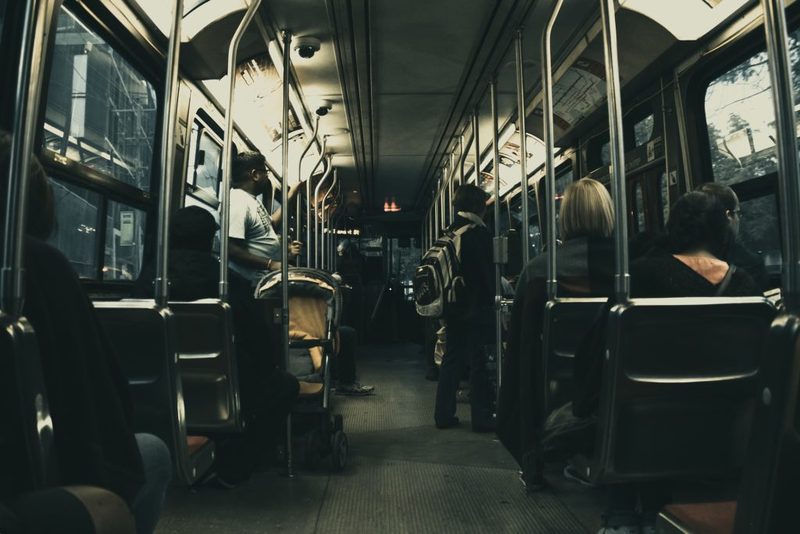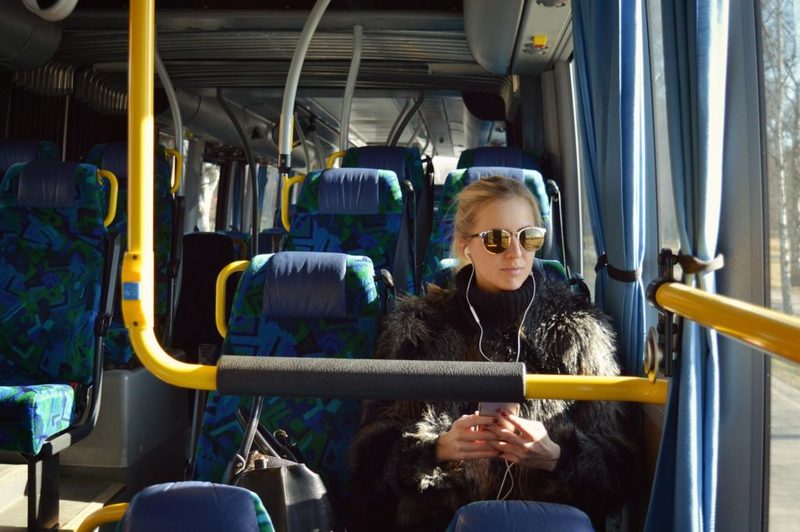Thessaloniki gets ready for its metro launch in November
The underground rapid transit lines have been under construction for almost two decades due to various project delays
 TheMayor.EU logo
TheMayor.EU logo 
How can smart ticketing innovations help?
Over the past decade, smart innovations have touched every aspect of people’s lives – improving their productivity at work, helping them communicate more easily, turning their homes into a space that they can feel connected to even when they’re not there. What happens between home, work and meeting with friends? Getting from A to B has never been easier, with municipalities investing heavily in building multimodal networks - yet customer satisfaction appears to be on the decline, in no small part due to the challenges of a growing population. How can smart ticketing innovations help?
The age of the paper ticket is coming to an end. While it served its purpose in an environment where no other solutions were available, it certainly isn’t the most elegant way of inviting people onboard a vehicle. The costly maintenance of such a ticketing system – from ticket production to monitoring of effectiveness, combined with the frustration that it brings in numerous scenarios (such as lost tickets, poor validation experiences, even its high environmental footprint) lead to the search for a more effective solution within the realms of emerging smart technologies. The matter becomes even more pressing as the population and number of vehicles per capita in major cities around the globe continue to surge, posing a significant problem to the health of citizens.
As public transportation is an important part of people’s everyday lives, the transition between legacy systems and newer, smarter tech, should be implemented with care so as not to disrupt the normal heartbeat of the city. How can this be done?

This transition is already being implemented with success through the use of interconnected smart transportation technologies that can seamlessly substitute legacy systems over time. A vast majority of people are already using their smartphones on their daily commute, so the task of introducing mobile ticketing innovations will not be met with reluctance or suspicion. Currently, more than 45% of the global population uses smartphones, with that number expected to increase in the coming years.
A single use of a mobile ticket will be enough to convince people never to look back to paper, simply because it’s more convenient – as their phones are already in their hands on their daily bus, train or tram commutes. What’s more, mobile ticketing allows people to integrate other modes of transportation in their commute, such as taxis, ridesharing, bike rentals, etc.
An inextricable part of the smart city revolution, mobile ticketing is already being implemented across the globe – in megapolises and in smaller forward-thinking cities alike. It allows for multimodal transportation models to be integrated into a single seamless experience, providing citizens with the knowledge and tools to quickly move across the city. In addition to that, smart tech provides local governments with data on the most used and underused lines so that more vehicles can be allocated when needed (thus reducing congestion), and underperforming lines can be cut (thus saving valuable resources).
Smart public transport systems are also easily integrated into other smart city systems like traffic monitoring and management, making navigating the city even more convenient. This alone brings about an increase in citizens satisfaction and a decrease in pollution.

What does this ongoing change mean for transportation industries?
Cities that wish to move towards smart systems face different problems: inability to make a smooth transition due to technological restrictions of available resources; the need to invest large amounts of money over short periods of time to buy equipment; the need to re-educate public transport staff, as well as to hire staff to work with the system’s backend; reluctance of the general public to embrace new technologies. While it’s inevitable that such a leap in the future will involve a lot of effort, there are solutions that facilitate the transition for all participants in the process.
One such solution is Telelink City’s Modeshift. Modeshift is a multimodal smart system that allows for the easy integration of legacy systems within a broader, smarter and more connected public transport system. The transition is done quickly and efficiently, with no need of a special crew – everything is done by Modeshift’s team, and the resulting localised and the adapted product is ready to be deployed in a matter of weeks. The software is easy to navigate, self-service and doesn’t require special skills to be operated with. Most importantly, there is no need to make large initial investments – in fact, there is no upfront payment for equipment or services, and costs can be covered by increased revenue and savings of the newly operational smart system.
The smart revolution is in full swing, with more and more cities already reaping the benefits of an integrated technological future. It’s your city’s turn to join in!
Telelink City can partner with global and local institutions to efficiently integrate this solution in your city.
Contact us:
website: telelink-city.com
e-mail: telelink-city@telelink.com
This article was originally published on: https://telelink-city.com/how-are-mobile-ticketing-innovations-affecting-transportation-industries/

The underground rapid transit lines have been under construction for almost two decades due to various project delays

Now you can get your wine in Talence by paying directly in Bitcoin

That’s because the state has to spend money on updating the railway infrastructure rather than subsidizing the cost of the popular pass

Rethinking renewable energy sources for the urban landscape

The examples, compiled by Beyond Fossil Fuels, can inform and inspire communities and entrepreneurs that still feel trepidation at the prospect of energy transition

Now you can get your wine in Talence by paying directly in Bitcoin

The 10th European Conference on Sustainable Cities and Towns (ESCT) sets the stage for stronger cooperation between the EU, national and local level to fast track Europe's transition to climate neutrality.

At least, that’s the promise made by the mayor of Paris, Anne Hidalgo

The underground rapid transit lines have been under construction for almost two decades due to various project delays

At least, that’s the promise made by the mayor of Paris, Anne Hidalgo

Hostal de Pinós is located in the geographical centre of the autonomous region

Despite its church-y name, the district has long been known as the hangout spot for the artsy crowds

Urban dwellers across the EU are having a say in making their surroundings friendlier to people and the environment.

Forests in the EU can help green the European construction industry and bolster a continent-wide push for architectural improvements.

Apply by 10 November and do your part for the transformation of European public spaces

An interview with the Mayor of a Polish city that seeks to reinvent itself

An interview with the newly elected ICLEI President and Mayor of Malmö

A conversation with the Mayor of Lisbon about the spirit and dimensions of innovation present in the Portuguese capital














